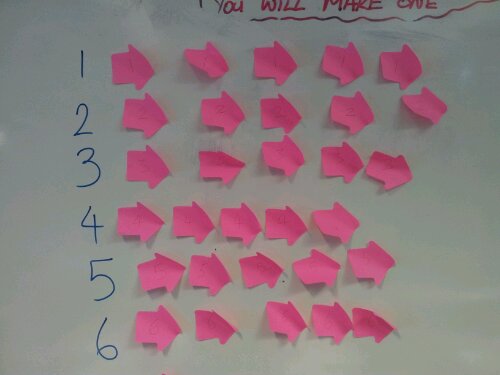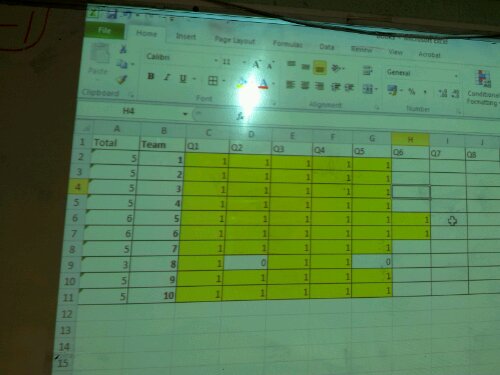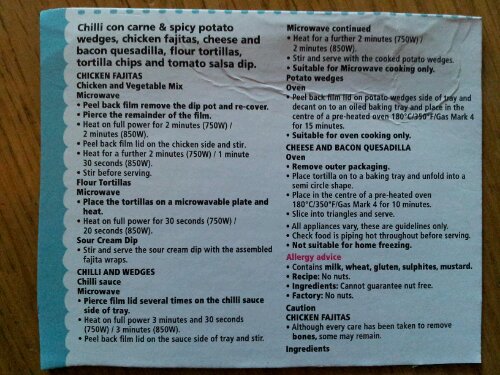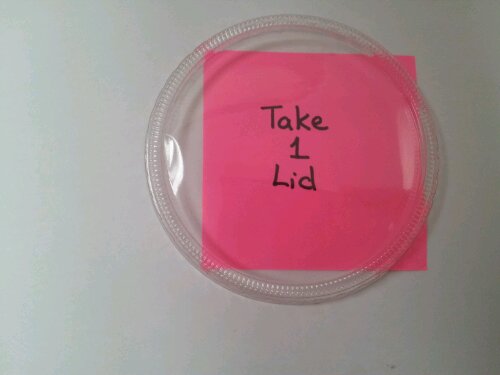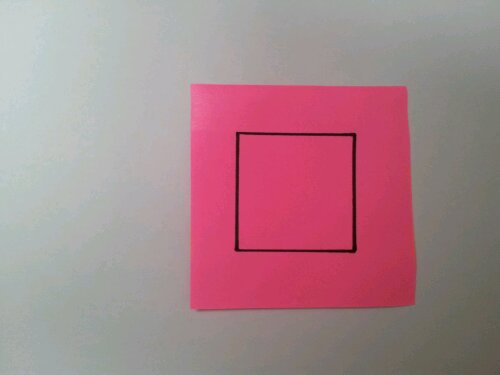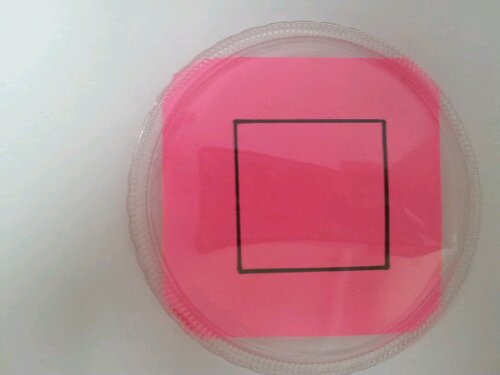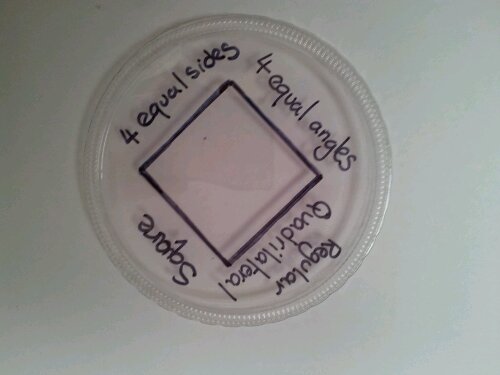You will be surprised to hear that this activity doesn’t involve cutting up a GCSE paper! See Foundation GCSE student review and How to make GCSE past papers fun.
Equipment
Digital version of a GCSE (or A-Level or Functional Skills) paper
Individual whiteboards & pens
Digital projector
Set up
Split the class into groups of 4-6. They will need a whiteboard each. Allocate a team number/letter or name. Project the first question on the screen.
Activity
Use the GCSE paper to set (part of) a question for the class.
They all answer on their whiteboards and hold up the answer when you say.
The beauty of this method is you can adapt the questions to the understanding of the class and focus on specific skills, as opposed to issuing a paper version and going through every question.
Scoring
It’s quite common for a few bright/strong characters to take over team games, unless you can find a way to avoid this. The scoring is quite easy.
2 points if every member of the group gets the answer right.
1 point for each team, if more than one team is 100% correct.
You may think that this will encourage copying, but there is a third score:
-1 point if you can’t explain your answer
This means teams must work together to ensure everyone understands the solution. After all, these are exam questions which may take several minutes to complete. There is little value in using this as a revision tool if pupils don’t progress – which is where the peer explanation comes in.
Review
My class really enjoyed doing this on Friday as preparation for their end of year eams. It allowed me to pick out the most appropriate revision questions, without running up the photocopying bill!
Like this:
Like Loading...

